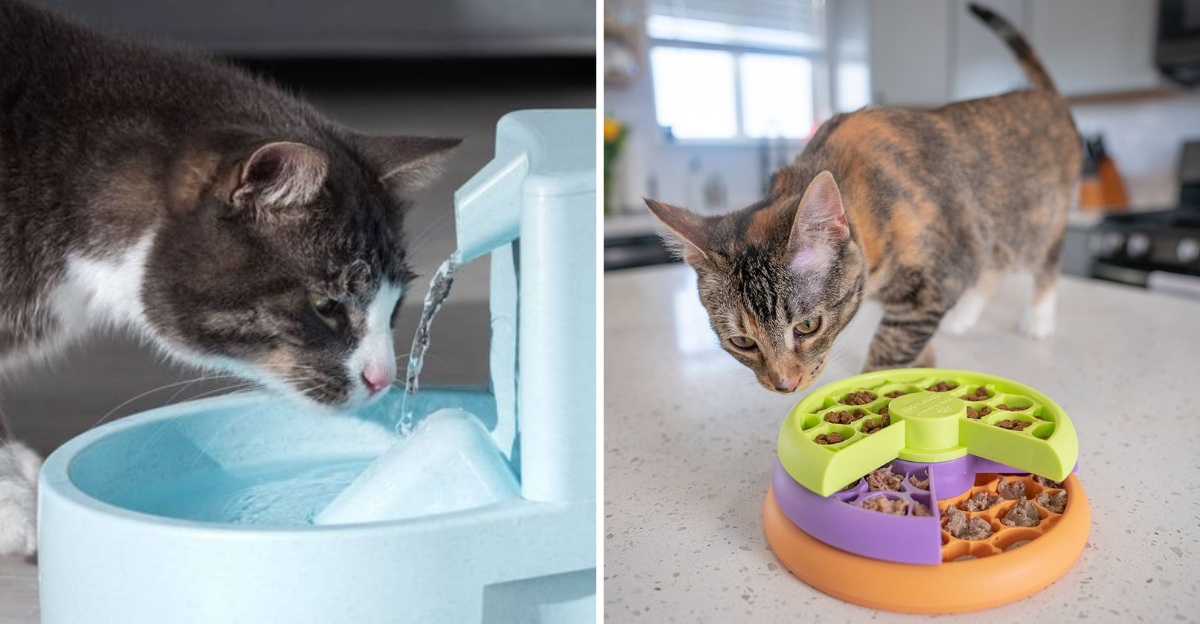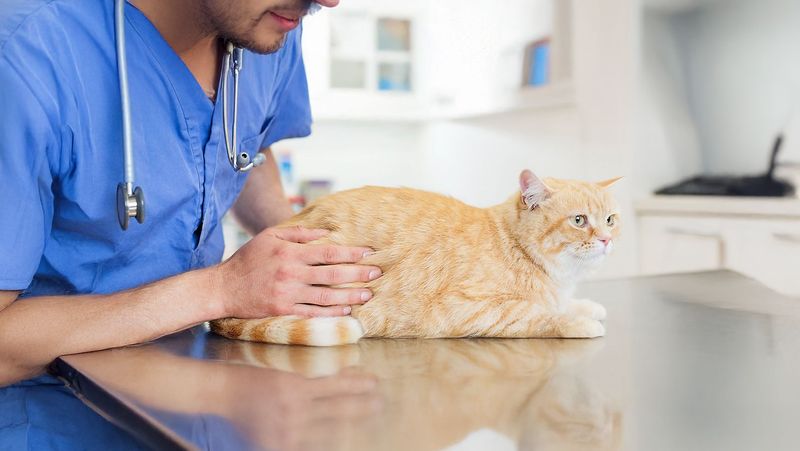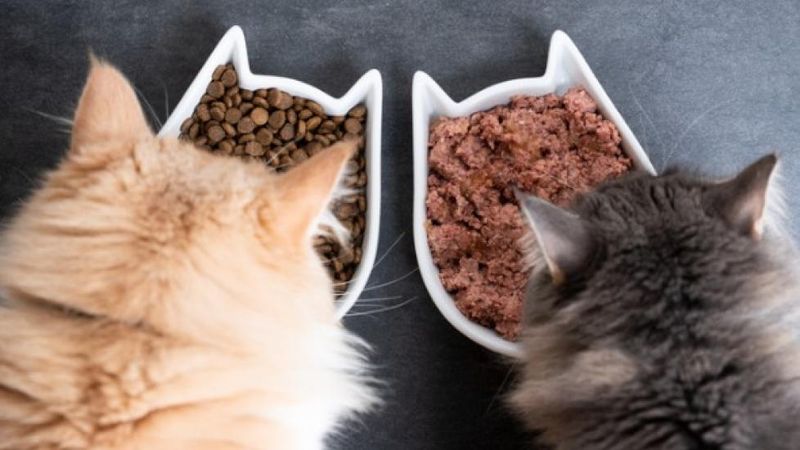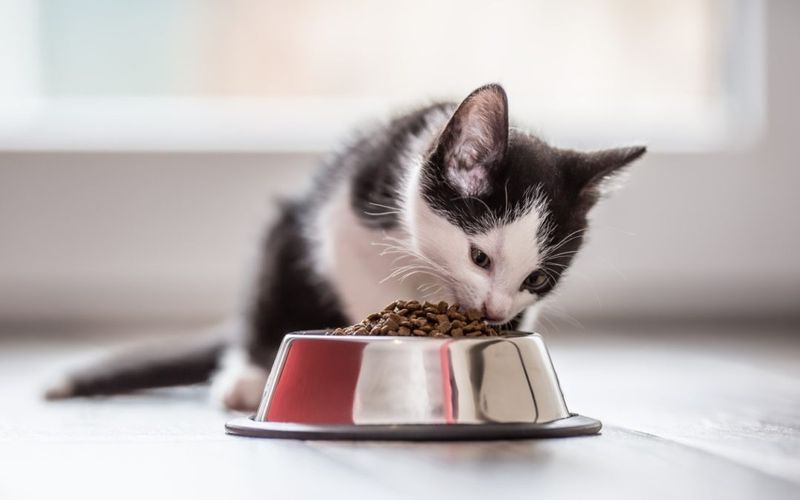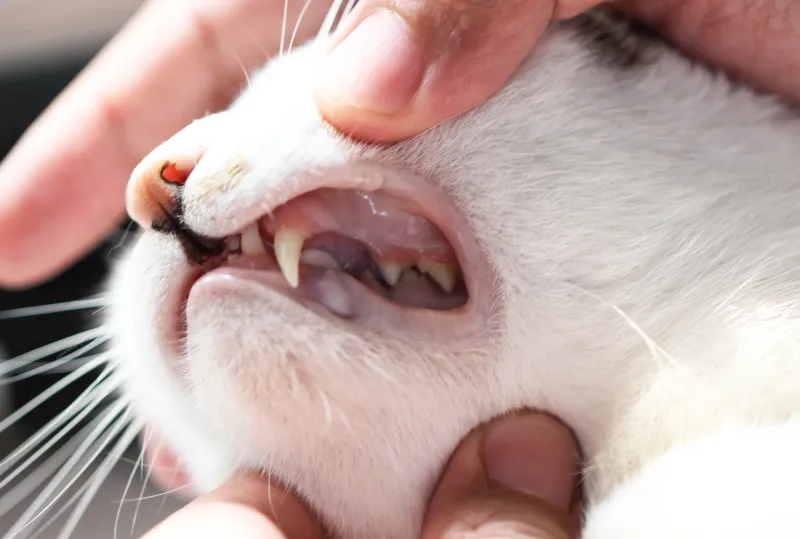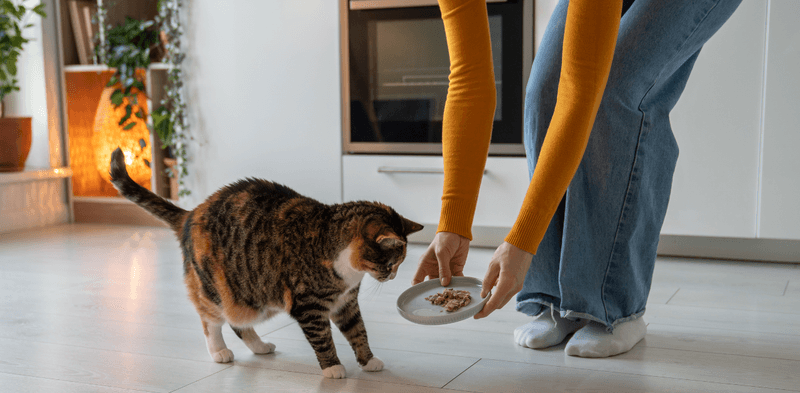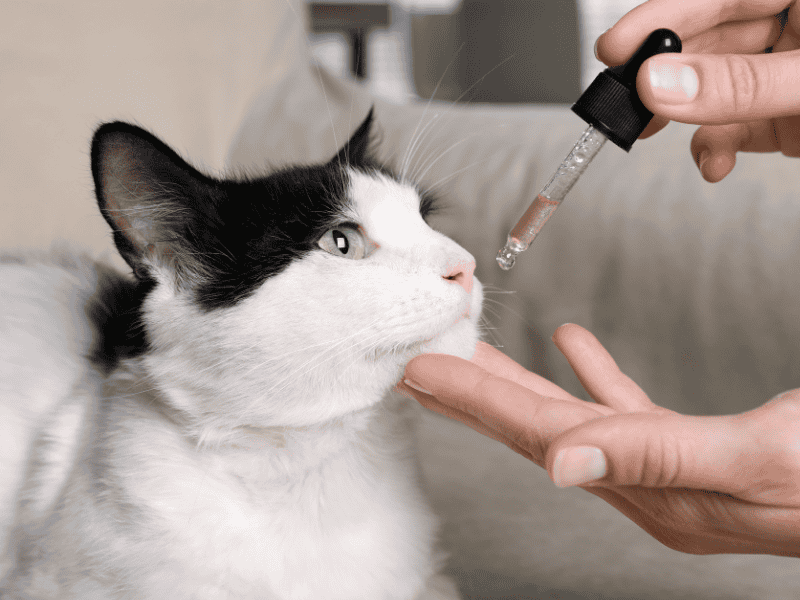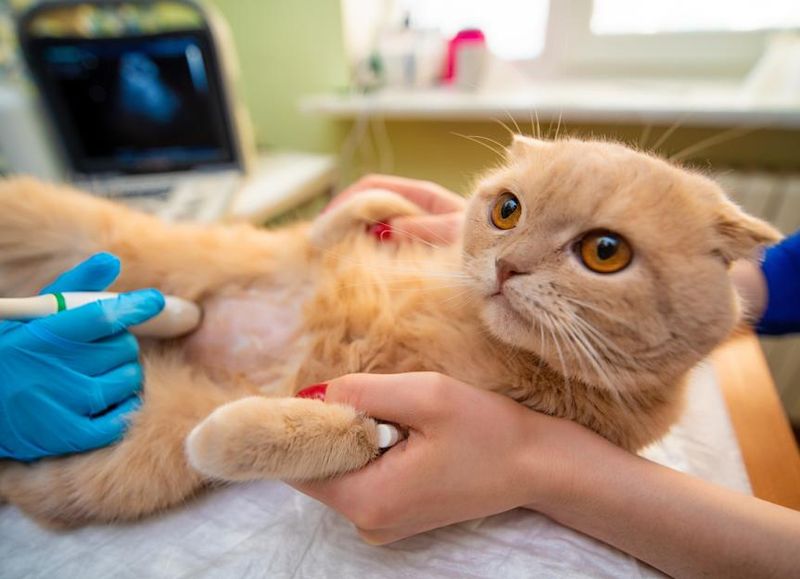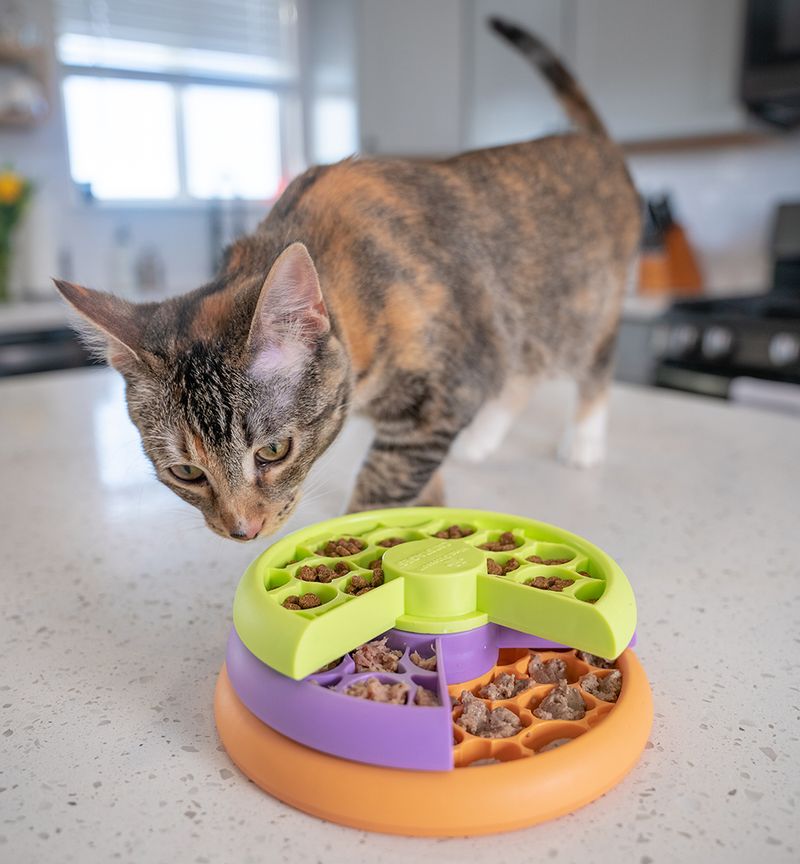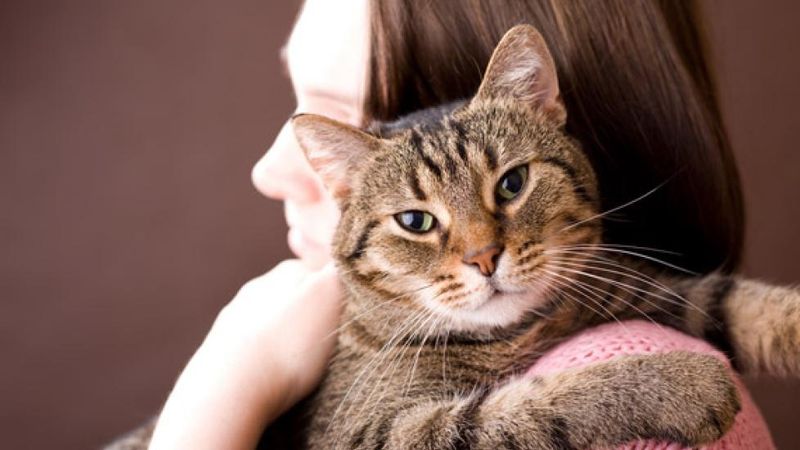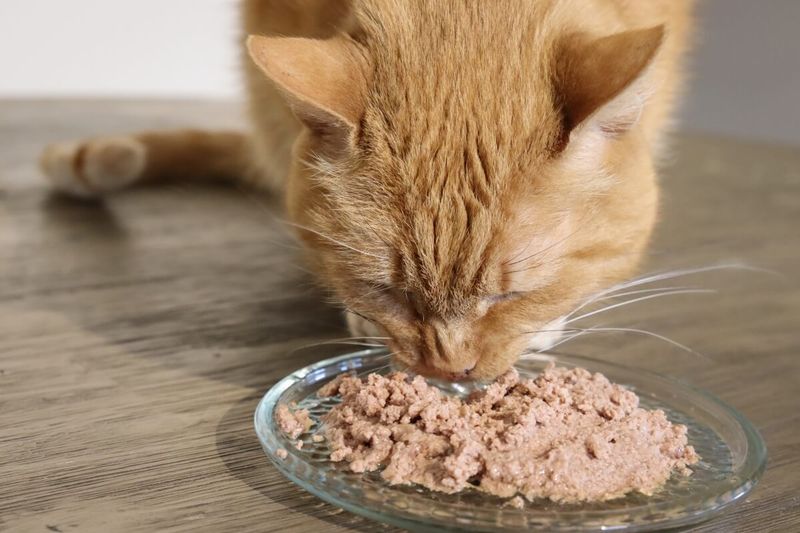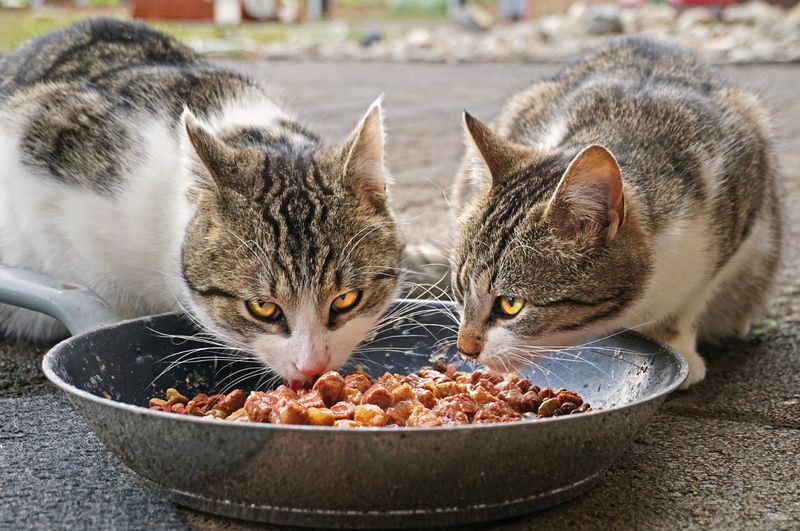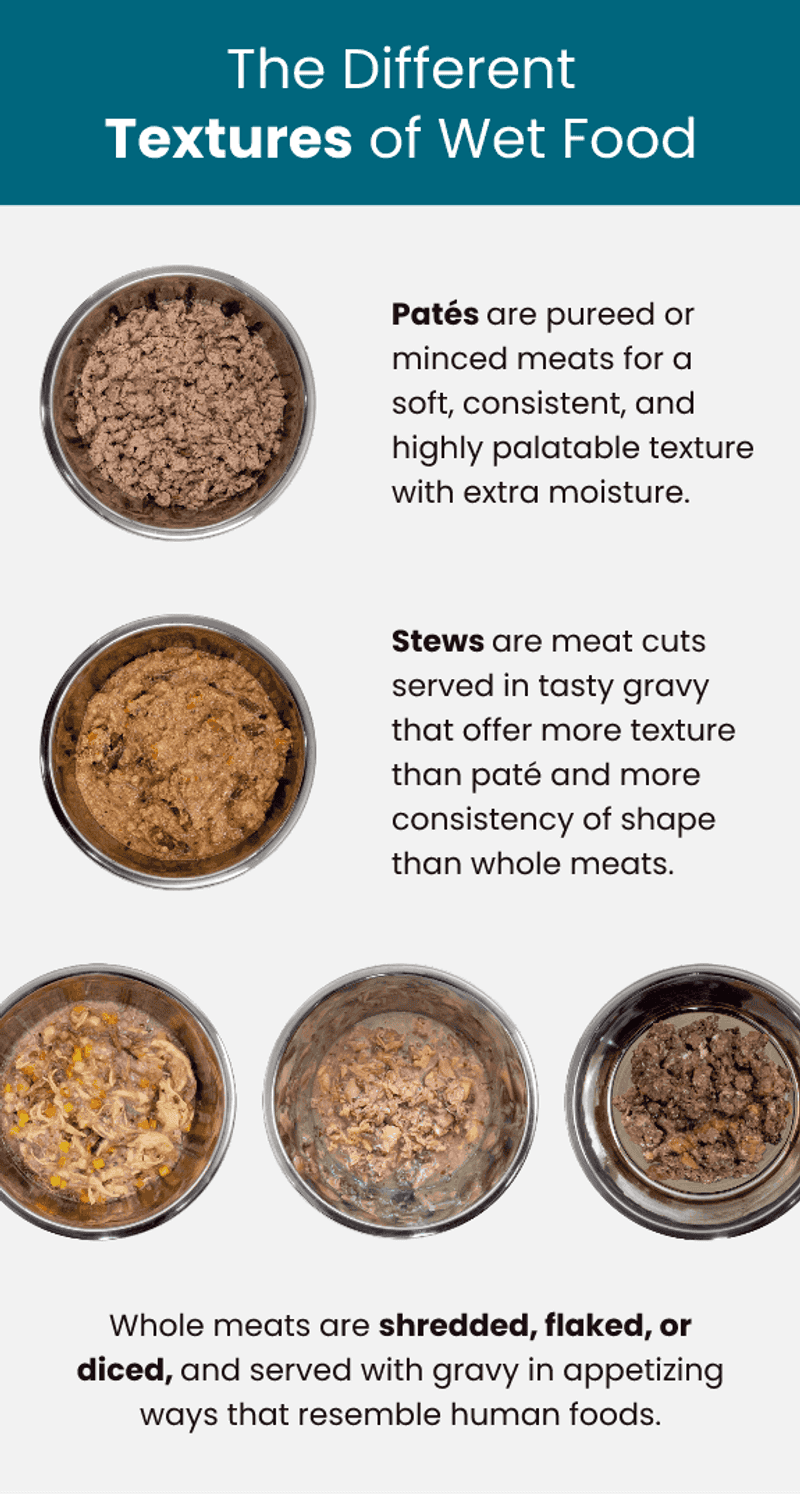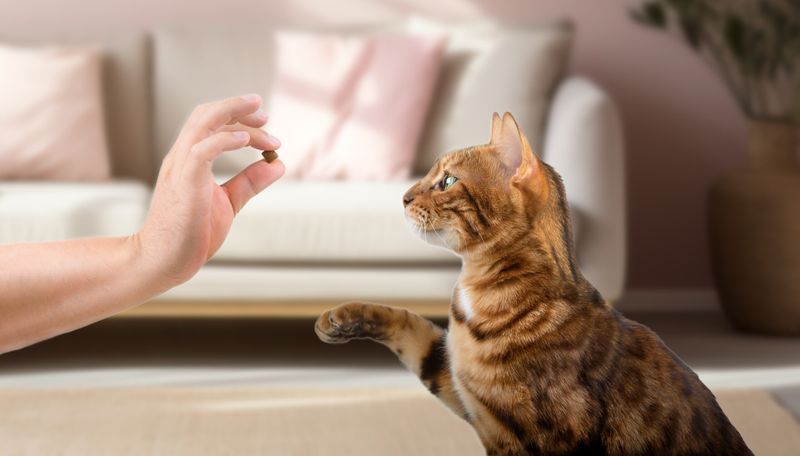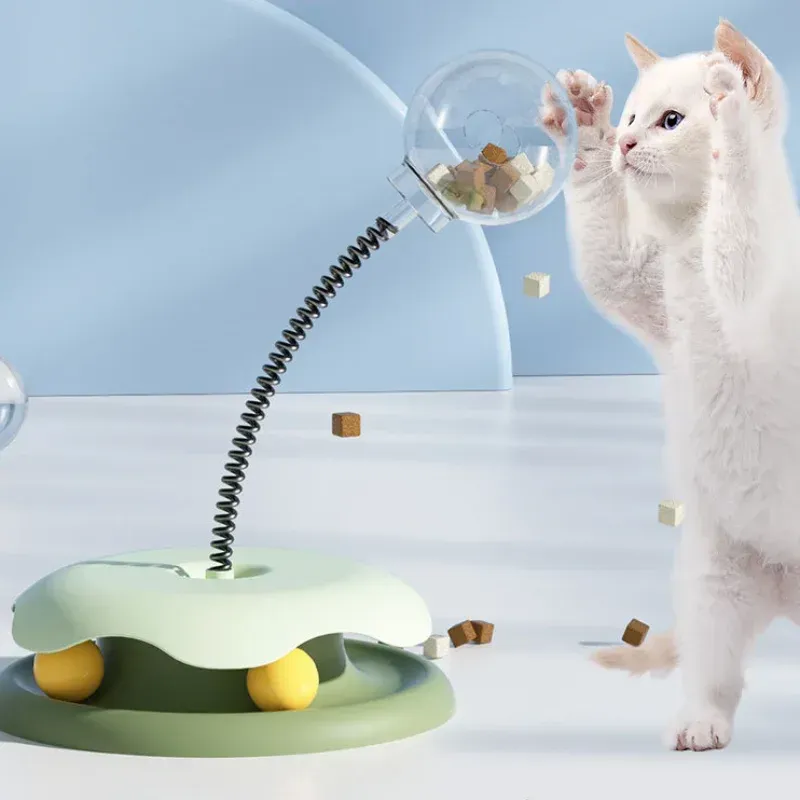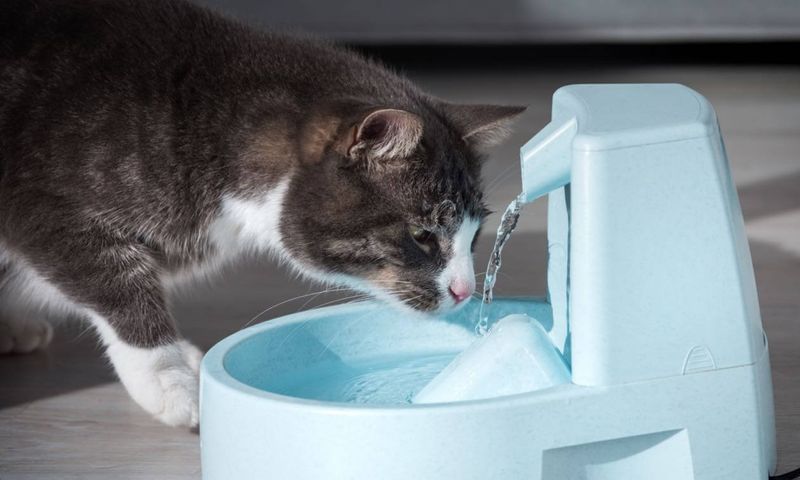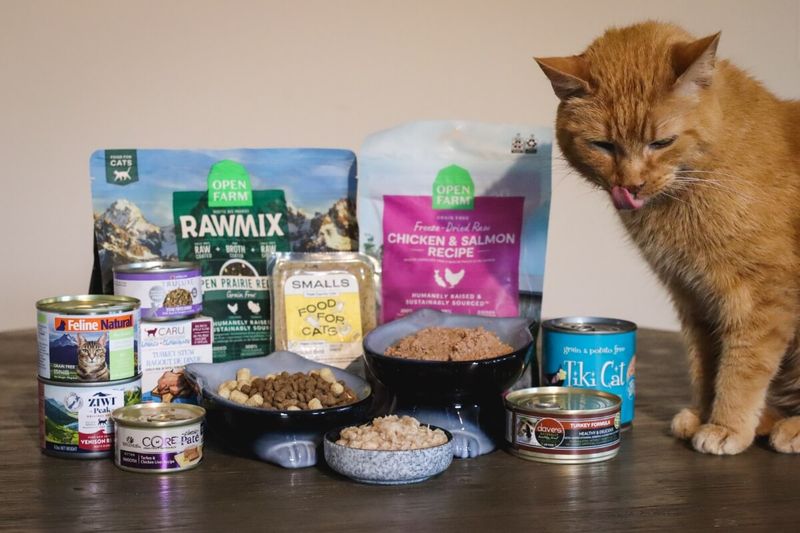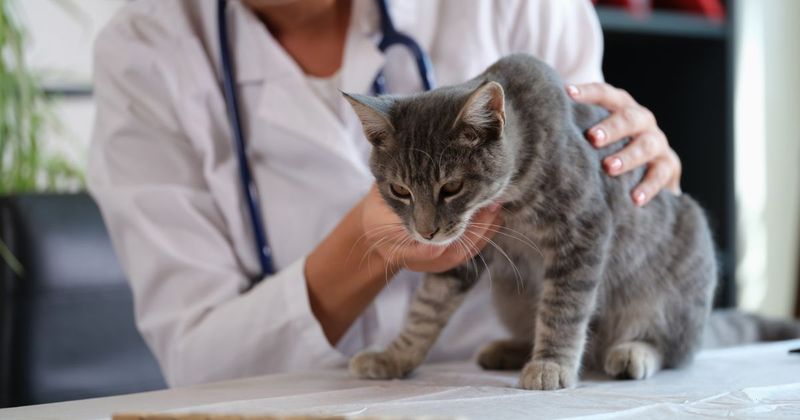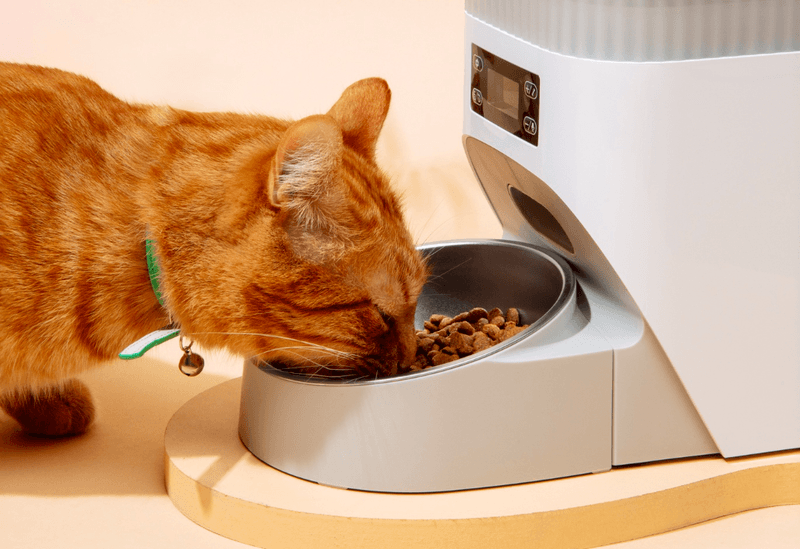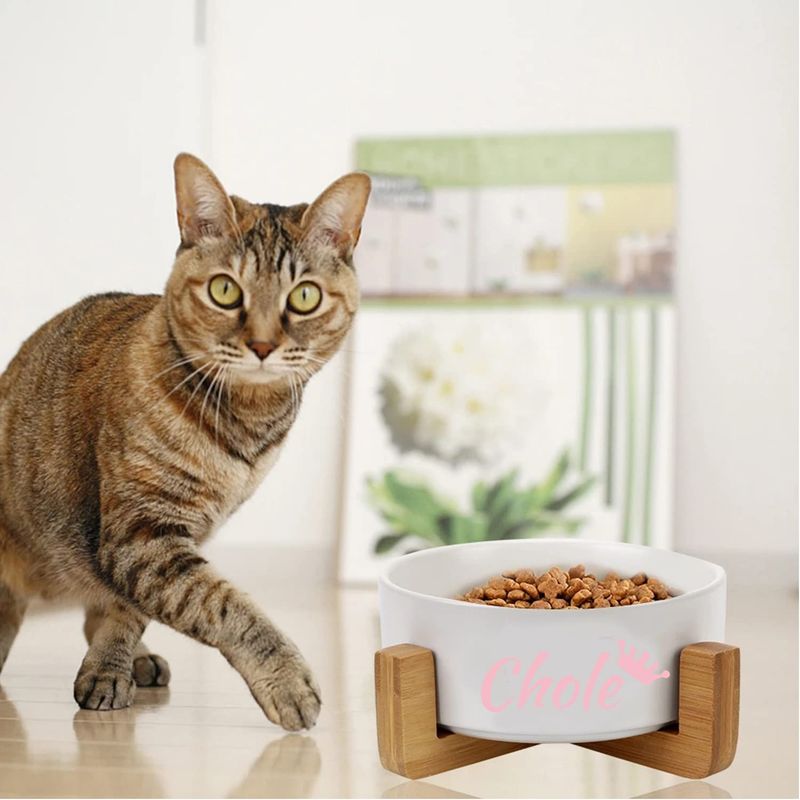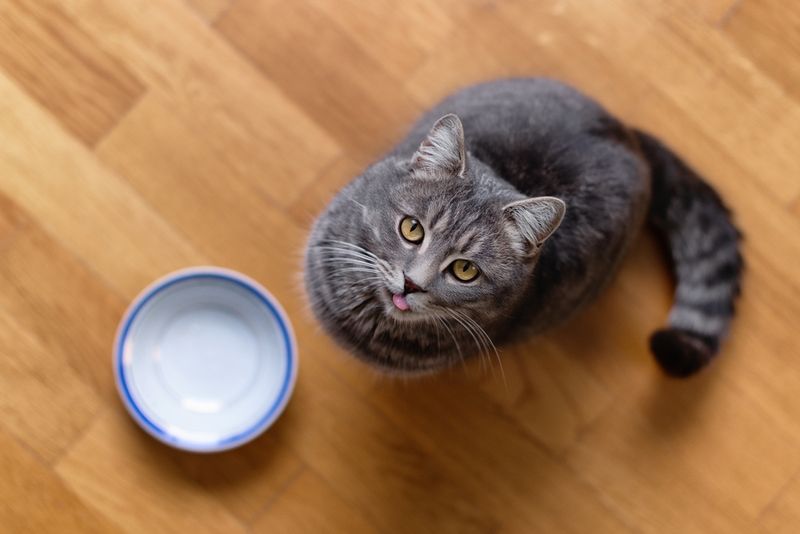📖 Table of Content:
- 1. Consult a Veterinarian
- 2. Change the Food
- 3. Create a Calm Eating Environment
- 4. Inspect for Dental Issues
- 5. Offer Smaller, Frequent Meals
- 6. Try Appetite Stimulants
- 7. Check for Gastrointestinal Issues
- 8. Introduce Food Puzzles
- 9. Monitor for Stress or Anxiety
- 10. Test for Allergies
- 11. Warm the Food
- 12. Experiment with Texture
- 13. Provide High-Value Treats
- 14. Incorporate Interactive Play
- 15. Ensure Fresh Water Availability
- 16. Use Strong-Scented Foods
- 17. Evaluate for Underlying Illness
- 18. Adjust Feeding Times
- 19. Provide a Variety of Bowls
- 20. Observe Behavioral Changes
Cats are known for their finicky eating habits, but when they refuse food while still drinking water, it can be a cause for concern. This behavior might hint at underlying health issues or environmental stressors. Understanding how to address this problem is crucial for any cat owner. This blog provides 20 thoughtful and varied approaches to help your feline friend regain its appetite, ensuring both its physical health and emotional well-being. With a mix of practical advice and creative solutions, these strategies are designed to suit different situations and preferences.
1. Consult a Veterinarian
When your cat stops eating but continues to drink water, consulting a veterinarian is essential. It may indicate a medical issue such as dental problems, kidney disease, or gastrointestinal discomfort. Your vet will conduct a thorough examination to identify any underlying health concerns. They’ll also provide guidance on a suitable diet or medications that might encourage your cat’s appetite. Acting swiftly can prevent potential complications, ensuring your pet remains healthy and happy. Regular check-ups can also help monitor your cat’s overall health, catching any problems early.
2. Change the Food
Cats can become bored or even repelled by their usual food. Experimenting with new flavors or textures might entice them to eat. Try introducing wet food if they typically eat dry kibble, or vice versa. Opt for high-quality options with real meat ingredients. Warming the food slightly can enhance its aroma, making it more appealing. Consider adding a small amount of tuna juice or chicken broth to elevate the taste. Such variety might just reignite their interest in mealtime, turning feeding into an enjoyable experience once more.
3. Create a Calm Eating Environment
A cat’s eating environment plays a crucial role in their willingness to eat. Stress or noise can deter them from approaching their food. Designate a quiet, calm area where your cat can eat without interruptions. Remove any loud appliances or other pets that might create distractions. Soft lighting and a comfortable feeding mat can enhance the ambiance, encouraging your cat to eat without anxiety. This serene setting can make mealtime a peaceful experience, helping them focus on their food rather than their surroundings.
4. Inspect for Dental Issues
Dental problems can make eating painful for cats. Regularly inspect your cat’s teeth and gums for signs of decay, redness, or swelling. Bad breath or drooling can also indicate discomfort. If dental issues are suspected, consult your veterinarian for a proper diagnosis and treatment plan. They may recommend professional cleaning or special dental diets. Addressing dental health can alleviate pain, making eating enjoyable again. Maintaining good oral hygiene will not only support appetite but also contribute to your cat’s overall health.
5. Offer Smaller, Frequent Meals
Sometimes, offering smaller, more frequent meals can spark a cat’s interest in eating. If a large serving feels overwhelming, breaking it into bite-sized portions might be more inviting. Serve these smaller amounts throughout the day, closely observing their response. This method can also help monitor their intake, ensuring they receive adequate nutrition without feeling pressured. Adjust meal sizes based on their preferences, gradually increasing as their appetite improves. Such flexibility can gently coax them back into a regular eating routine.
6. Try Appetite Stimulants
Appetite stimulants can be a valuable tool if your cat consistently refuses food. These products are typically prescribed by veterinarians and are designed to enhance appetite. They work by increasing hunger signals, making food more appealing. Ensure you consult your vet before using any stimulants to verify their suitability and safety. Use them as part of a broader strategy to identify and address the underlying cause of the appetite loss. This temporary aid can reignite your cat’s interest in eating while other interventions take effect.
7. Check for Gastrointestinal Issues
Gastrointestinal issues can lead to food refusal, even if your cat continues to drink water. Symptoms like vomiting, diarrhea, or bloating may accompany this behavior. If suspected, a vet will perform diagnostic tests to pinpoint the problem. Treatment may involve medication, dietary changes, or other interventions to soothe the digestive tract. Understanding the root cause is essential, as it allows for targeted treatments that can restore your cat’s appetite. Addressing these issues promptly can prevent further complications and discomfort.
8. Introduce Food Puzzles
Food puzzles can stimulate a cat’s interest in eating by turning mealtime into a fun and engaging activity. These toys encourage them to work for their food, appealing to their natural hunting instincts. Choose puzzles appropriate for your cat’s size and skill level, and fill them with their favorite treats or small portions of their regular food. This approach not only adds mental stimulation but also helps regulate portion control. By associating eating with play, you may successfully rekindle their appetite and curiosity.
9. Monitor for Stress or Anxiety
Stress or anxiety can negatively impact a cat’s appetite. Changes in environment, such as moving or new additions to the household, might trigger these feelings. Observe your cat’s behavior for signs of distress, like hiding or excessive grooming. Create a comforting environment, with familiar scents and calming music, to help alleviate anxiety. Consistent routines and gentle interactions can offer support, fostering a sense of security. Addressing these emotional factors can improve overall well-being, potentially restoring appetite as they become more at ease.
10. Test for Allergies
Food allergies can cause cats to avoid eating due to discomfort. Symptoms like itching, vomiting, or diarrhea may accompany this behavior. Consult a veterinarian to test for allergies, which may involve elimination diets or specific tests. Identifying and removing allergenic foods from their diet can prevent adverse reactions, making eating enjoyable again. Consider offering hypoallergenic food options, ensuring they receive balanced nutrition without triggering sensitivities. With a tailored diet, you can keep your cat healthy and happy, encouraging a positive relationship with food.
11. Warm the Food
Warming your cat’s food can enhance its aroma, making it more appealing to finicky eaters. Slightly heating wet food releases delicious scents, stimulating their interest. Ensure the food is only gently warmed and not hot, as overheating can diminish nutritional value and risk burns. This simple trick can make mealtime more enticing, particularly for older cats or those with reduced senses. Experiment with this method alongside other strategies to encourage your cat to eat, creating a more inviting dining experience.
12. Experiment with Texture
Cats can be particular about the texture of their food. Some may prefer smooth pâté, while others are drawn to chunky or shredded options. Offering a variety of textures might capture their interest. Observe your cat’s response to different consistencies, gradually introducing new ones to see what they favor. This can make eating more enjoyable and engaging, appealing to their individual preferences. By tailoring the texture to their liking, you increase the chances of them accepting their meals with enthusiasm.
13. Provide High-Value Treats
Offering high-value treats can motivate your cat to eat regularly. These special treats, often made with premium ingredients, can entice even the most reluctant eaters. Use them sparingly to avoid replacing regular meals, but as a way to spark initial interest in eating. Keeping these treats for specific occasions can make them more desirable, enhancing their appeal. This approach can be part of a larger plan to rebuild a healthy eating routine, using positive reinforcement and rewarding experiences.
14. Incorporate Interactive Play
Interactive play before meals can stimulate your cat’s appetite. Engaging them in fun activities like chasing toys or playing with a feather wand can mimic hunting behavior, increasing hunger. Set aside time before feeding to encourage this playful interaction, creating an enjoyable routine. This not only builds your bond but also prepares them for mealtime, helping them associate food with positive experiences. Consistent play can enhance their overall mood and well-being, making eating a more attractive activity in their daily routine.
15. Ensure Fresh Water Availability
Although your cat may be drinking water already, ensuring its freshness is vital. Regularly change the water and clean the bowl to maintain hygiene. Invest in a filtered water fountain to provide continuous access to fresh water, which can further encourage drinking. Proper hydration supports overall health and may indirectly influence their willingness to eat. With fresh water readily available, your cat can maintain hydration, potentially improving their appetite over time. This simple yet effective tip can be beneficial in supporting their dietary needs.
16. Use Strong-Scented Foods
Cats rely heavily on their sense of smell when it comes to eating. Introducing strong-scented foods can capture their attention and encourage them to eat. Options like fish-based wet foods or those with added broth can provide an enticing aroma. Present these foods in small amounts to gauge their reaction, adjusting based on their preferences. This sensory approach can enhance their dining experience, making it more appealing. By focusing on their olfactory preferences, you may successfully stimulate their interest in meals.
17. Evaluate for Underlying Illness
Persistent refusal to eat may be a symptom of an underlying illness. Conditions like diabetes, hyperthyroidism, or infections could be the cause. Consulting a veterinarian for a thorough evaluation is crucial. Diagnostic tests can identify specific health issues, guiding appropriate treatment plans. Once the root cause is addressed, your cat’s appetite may naturally return. Regular health check-ups can catch potential problems early, ensuring timely intervention. This proactive approach underscores the importance of professional care in maintaining your cat’s well-being.
18. Adjust Feeding Times
Adjusting feeding times might align better with your cat’s natural eating habits. Observe their behavior to identify when they’re most active and hungry, tailoring meal times accordingly. Some cats may prefer to eat at dawn or dusk, aligning with their crepuscular instincts. Experiment with different schedules to find what suits them best, enhancing their interest in meals. This flexibility can accommodate their unique biological rhythms, making eating a more enjoyable and instinctive part of their day.
19. Provide a Variety of Bowls
The type and shape of a feeding bowl can affect a cat’s eating behavior. Some cats may prefer shallow dishes, while others like deeper ones. Material matters too; ceramic, stainless steel, or glass may suit them differently. Experiment with a variety of bowls to discover what your cat prefers. This seemingly minor change can make eating more comfortable and inviting, especially for those sensitive to whisker stress. By catering to their preferences, you create a more enjoyable dining experience, encouraging regular eating habits.
20. Observe Behavioral Changes
Observing behavioral changes can provide insights into why a cat refuses food. Watch for signs like lethargy, aggression, or increased vocalization, which might indicate stress or illness. Keeping a journal of these behaviors can reveal patterns, helping you identify triggers or underlying issues. Share these observations with your veterinarian for a comprehensive understanding. By closely monitoring their behavior, you can uncover contributing factors, enabling targeted interventions to restore their appetite and well-being.
